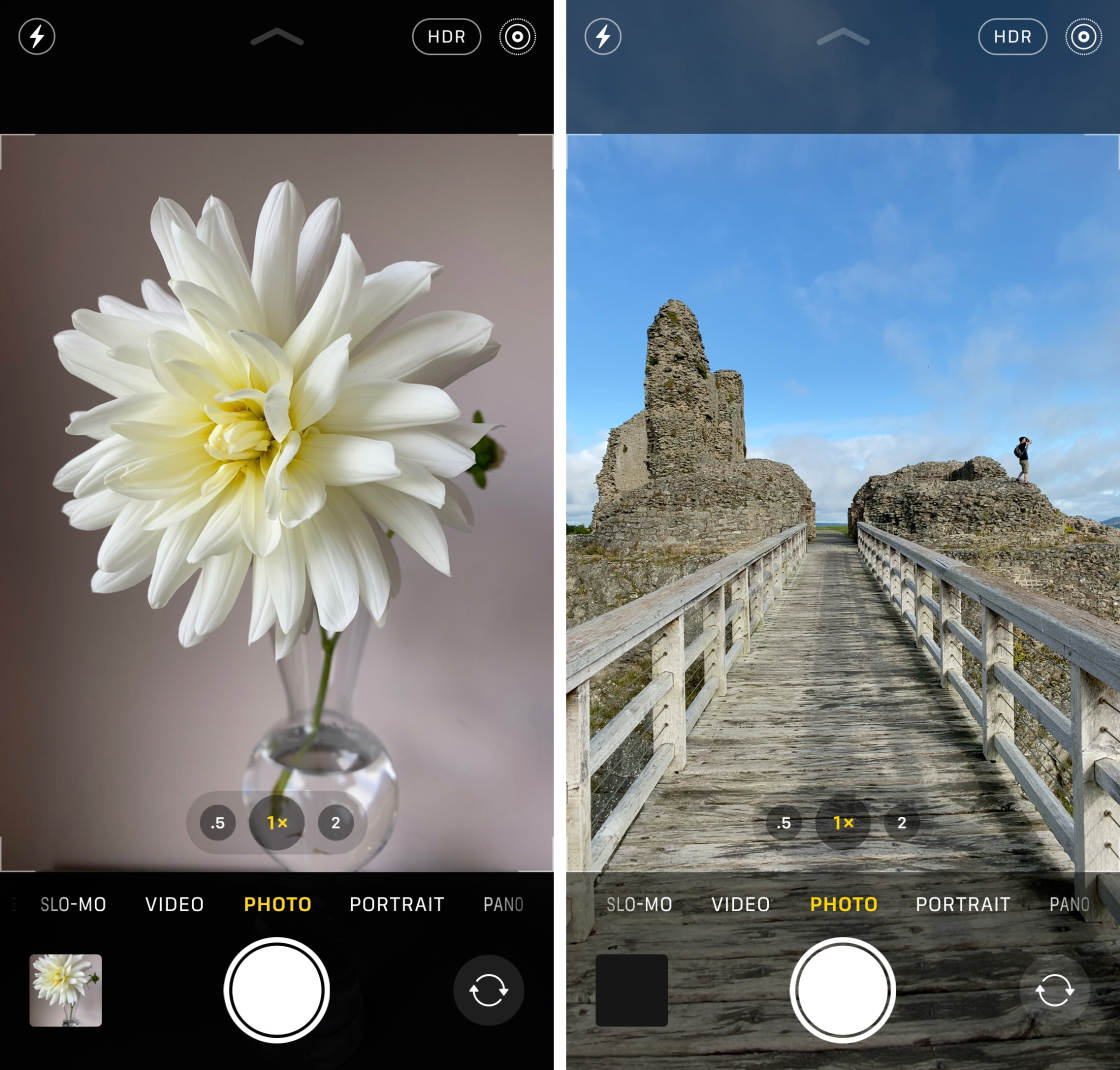

Since then most of the leading authorities on the subject described it as a must have app that serves as more than a capable alternative to the standard iOS camera app. Only two years after the app's initial release, Apple announced in May 2012 that Camera+ was the 10th most popular paid app of all times among all iPhone users. New iPhone X Camera Features You Need to Know > You may also like: The Ultimate Guide of How to Use Animoji on iPhone X > In this article, we are going to guide you through some of the best photo and video camera apps for iOS on the market today. Simply put, camera apps allow you to have full control over the picture taking process. Using some of many available camera apps can help photographers and videographers alike to overcome some of the limits presented by the Apple's phone cameras. Even though iPhone's built-in cameras are capable of producing stunning image quality until Apple finds a way to add a much larger sensor to their phones the difference between photos taken with a DSLR and an iPhone will be obvious. So choose whichever size suits you best.Since Tangerine, the first full feature film shot on iPhone 5S and an $8 video camera app, premiered at Sundance a couple of years ago, it has become evident that iPhone videos and photos have a bright future. This year, with the iPhone 13, the Pro and Pro Max models have the same capabilities. Last year, the iPhone 12 Pro Max had different camera hardware than the iPhone 12 Pro. There aren’t a lot of people who will care about that particular format, but if you shoot and edit video all the time, it could be useful. That means you can push your iPhone right up next to a subject for awesome Macro photography.Īs always, the iPhone 13 Pro supports the new ProRAW image format while the non-Pro model does not, and this year it also allows you to shoot video in ProRes. f/2.4), so it’s better in low light, but it also has a much shorter minimum focus distance of only 2 centimeters.

The Pro model has a different Ultra-Wide camera with a much wider aperture (f/1.8 vs. Then there’s the Ultra-Wide camera, which is quite different from the Ultra-Wide on the regular or mini iPhone 13. f/1.6), which means much better low-light performance and dynamic range, as well as a more natural depth of field to close-up subjects. The standard Wide camera has both a larger sensor and wider aperture (f/1.5 vs.


 0 kommentar(er)
0 kommentar(er)
